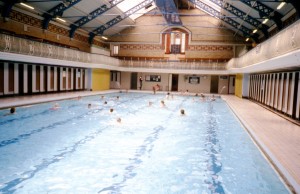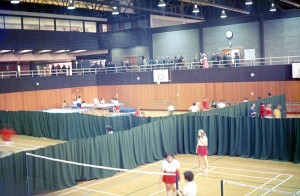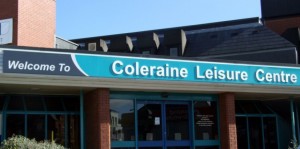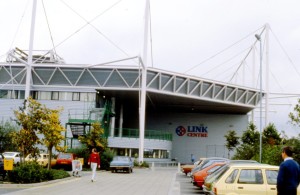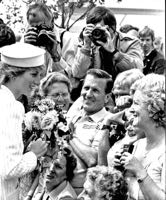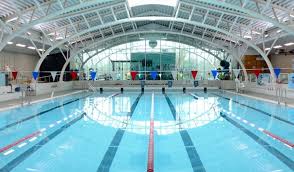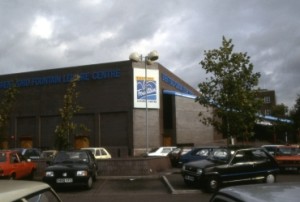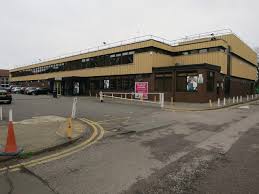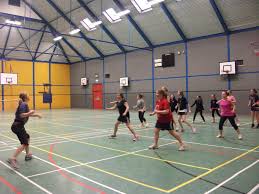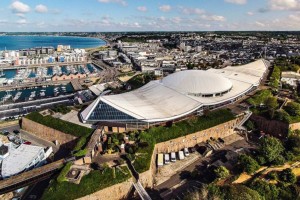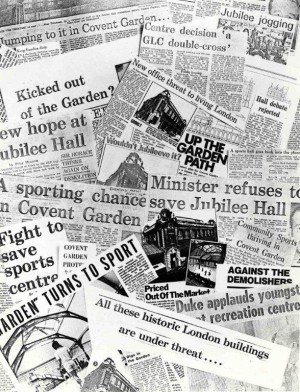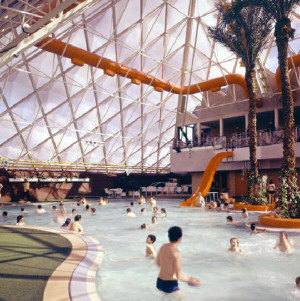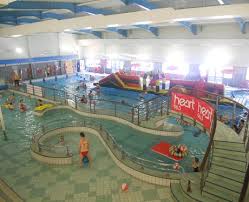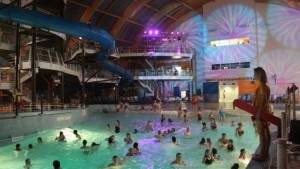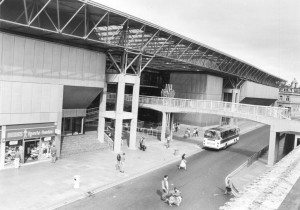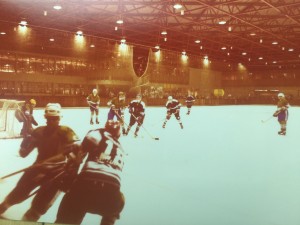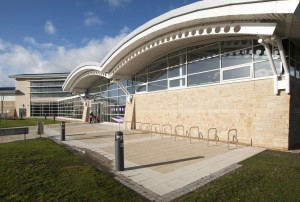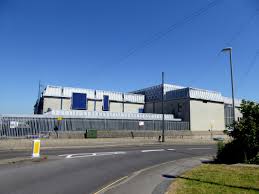6.1.1 The early platform was a springboard
The platform of early centres up to 1975 was a springboard for growth in the type and numbers of centres thereafter. In earlier chapters we detailed the arrival of the first UK sports centre in Harlow in 1964. We saw the trail of centre developments after Harlow up to Local Government Re-organisation in 1974/75. Between Harold Wilson (who had resigned as Prime Minister in 1976) and Tony Blair (Prime Minister from 1997) major developments on the political, social and sporting scenes provided an important context and came to bear on the development and operations of centres. These are set out in Part Three (Chapters 7, 8 and 9). Importantly in Chapter 8, we focus on two major areas of change and development in centres – the arrival of competitive tendering and the increasing role of joint provision. Both have had long term impact and deserve close and separate consideration.
This chapter concentrates on giving a flavour of the pace of growth and the centres and the people and activity that characterised the progress over the quarter century. The significant social phenomenon of sports centres became increasingly replicated across towns and districts. From 1976 to 1999 the number of sports centres rose from 320 to approximately 1,800.
6.1.2 Numerical growth of centres
‘Provision for Sport’ (1972) published by The Sports Council recorded that in 1969 there had been 27 indoor sports centres across England and Wales [extant at Dec 1969, including loan sanctioned – Wales was 3 extant]. Chapter 2 (Paragraph 2.15) listed a small selection of those opened from 1968 to 1973. The very first centres had led onto a period of rapid expansion and by 1972 there were around 100 centres, including conversions. By the end of 1973 this had quickly grown to around 170 centres.
The Foreword of the Sports Council’s ‘Sport in the Community – The Next Ten Years’ (1982) said “For sport in Britain the 1970s were years of remarkable achievement; achievement in facility provision, in the growth of playing sport indoors, and in challenging for world supremacy in several sports”. According to the 1993 British Leisure Centre Guide a total of at least 150* new centres opened during 1974 and 1975 (*about 90 and 60 respectively), partly reflecting the impact of Local Government Re-organisation, implemented in 1974. By 1976 there were approximately 320 centres, setting a strong platform for future provision for all the new local authorities that had not inherited new sports centres, had centres in planning or were wanting to extend their provision.
In 1979 the total had reached approximately 600 centres. Whilst sports centres had arrived steadily during the late 1960s and early/mid 1970s, a slight tailing-off of developments, caused by some financial restrictions, meant that the Sports Council target, set in 1972, for a further 815 centres, including a potential deficit of 56 for Wales, was not realised. Nonetheless continuing growth was fuelled by the support and encouragement of the Sports Councils in England, Wales, Scotland and Northern Ireland, and the inevitably envious eyes of some councils yet to develop centres in each town or area.
The great majority of centres were developed by local councils, and of course within their boundaries, and as numbers increased the location of centres in adjoining authorities became a consideration from the viewpoint of usage and income. In the light of John Birch’s research study in 1971, 1972 ‘Provision for Sport’ had suggested, at that time, that centre catchments should be 4 miles or 20 minutes travelling time (see Chapter 4 – Research hyperlink). In 1980 The Sports Council published ‘The Impact of Neighbouring Sports and Leisure Centres’. This was based on an in-depth study with surveys of usage undertaken at Guildford, Leatherhead, Woking, Farnborough and Elmbridge Sports and Leisure Centres from 1975 and 1977. One issue for attention was the proximity of Guildford (opened 1971) to Woking (opened 1976) and the impact of the latter’s opening. They were approximately 8 mile and 20 minutes travel time apart. Amongst the detailed findings, was the analysis of visits by geographical origin, which showed limited impact of Woking at Guildford, and vice versa. The bigger factors seemed to be management policies, programming, events, and building fabric and repairs.
‘Sport in The Community’ recorded 770 community sports centres by 1981 [460 major centres and 310 smaller multi-purpose sports centres). This meant that in two decades from the mid-1960s to 1983, the number of indoor centres [including free standing sports halls], rose from a mere handful to approximately 875 in England and over 1100 in the United Kingdom by 1983. Close to 500 of the 1100 had been provided jointly by county councils and district councils under joint management partnerships or in conjunction with education facilities.
By 1987 the total in England reached around 1,200 centres. By 1994 there were 1600 centres in England An interpretation of Mintel Data kindly provided suggests that by 1999 the number was approximately 1,800.
Such has been the growth in the number of centres that the various chapters, including this one, can record interesting but only representative specific references to a fraction of all the sports centres developed. At the same time there has been growth in publicly accessible, freestanding sports halls, not least on school sites, that do not fit the original base definition of a community indoor sports centre, but nonetheless has made a huge difference to indoor sports provision.
[By 2011 Sport England’s Active Places recorded that there was a total of 4,700 sports halls with 3+ badminton courts and one third had been built between 1986 and 1996, especially reflecting the growth of joint provision and school-initiated sports halls].
6.1.3 The swimming pool moves into sports centres
Despite the historical origins and emphasis of sports halls in centres, one of the ever-present factors over the six decades of centres has been the role of swimming pools. From Victorian times the predominant indoor municipal recreation facility had been the ‘public baths’ – usually a rectangular swimming pool of 25yds or 33⅓yds length (before metrication). The arrival of the community indoor sports centre eventually altered the approach to the location of swimming pools. Initially there was no clear pattern for new pools, with some being built as part of new sports centres and others on separate, free-standing sites. Incredibly, in 1982 there were still 138 pre-1914 swimming pools in public use (15% of total) and there were also 174 outdoor pools. Between 1960 and 1969 there were 146 free-standing pools built and just 20 within sports centres. Some rejuvenated baths still thrive today – such as Smethwick Swimming Centre.
As more councils began to incorporate swimming pools into their new sports centres, bringing ‘wet and dry’ facilities together, the picture changed. Between 1970 and 1977, whilst 209 free standing pools were built, a further 176 were built within sports centres. By 1988-1989 CIPFA statistics recorded Local Authorities as operating some 1,700 indoor facilities with an almost equal split between the three categories – wet, dry, and wet & dry. This eventually leads, in a later chapter, to the role of swimming pools in the 21st century, which, with the boom in fitness activity and the technology of moveable floors, took pools to new programming potential.
View 5 pictures below, left to right, click to enlarge for captions.



